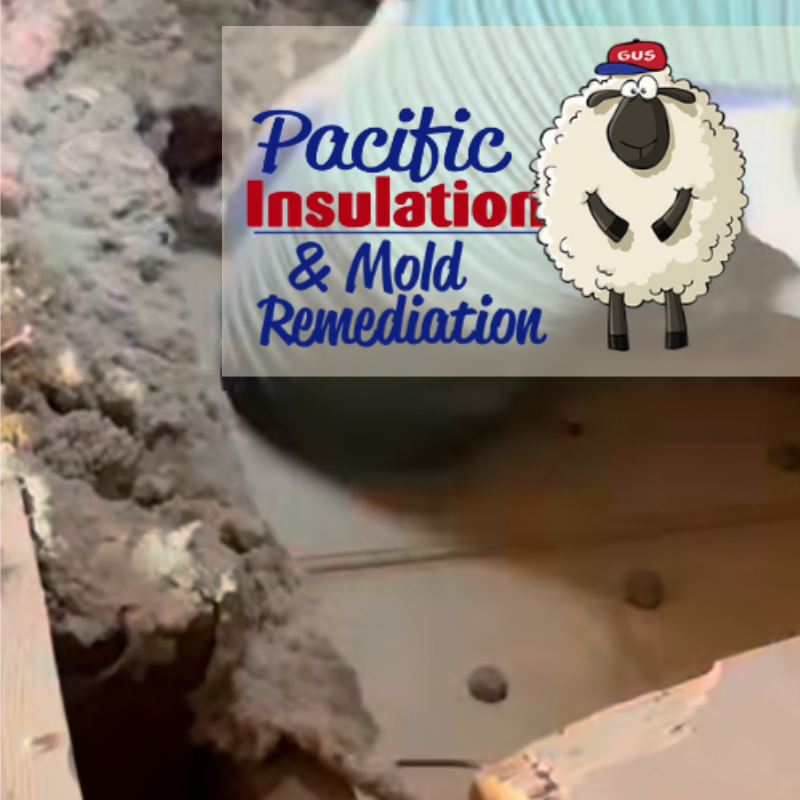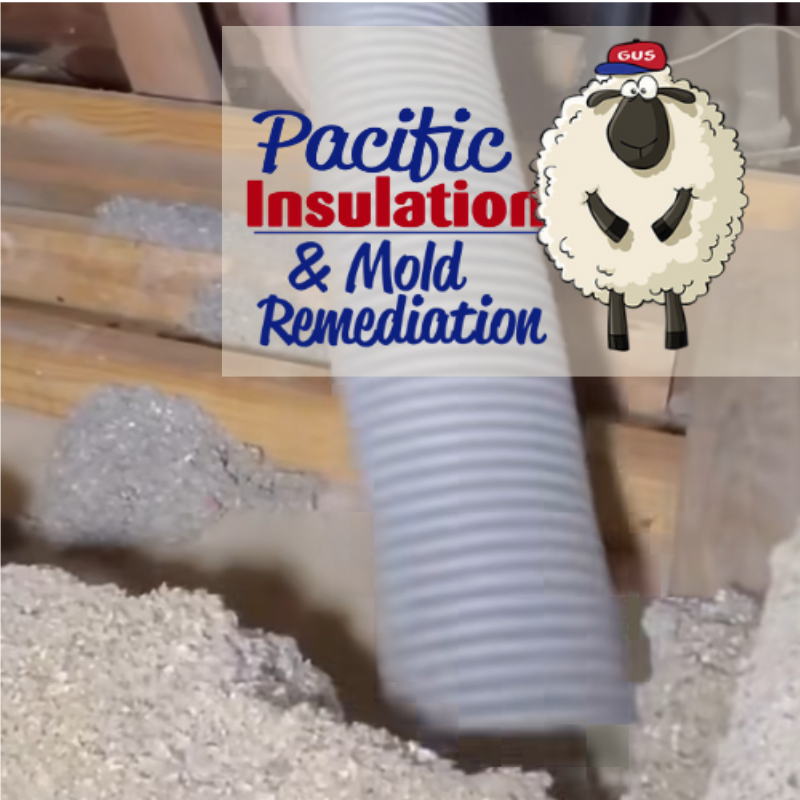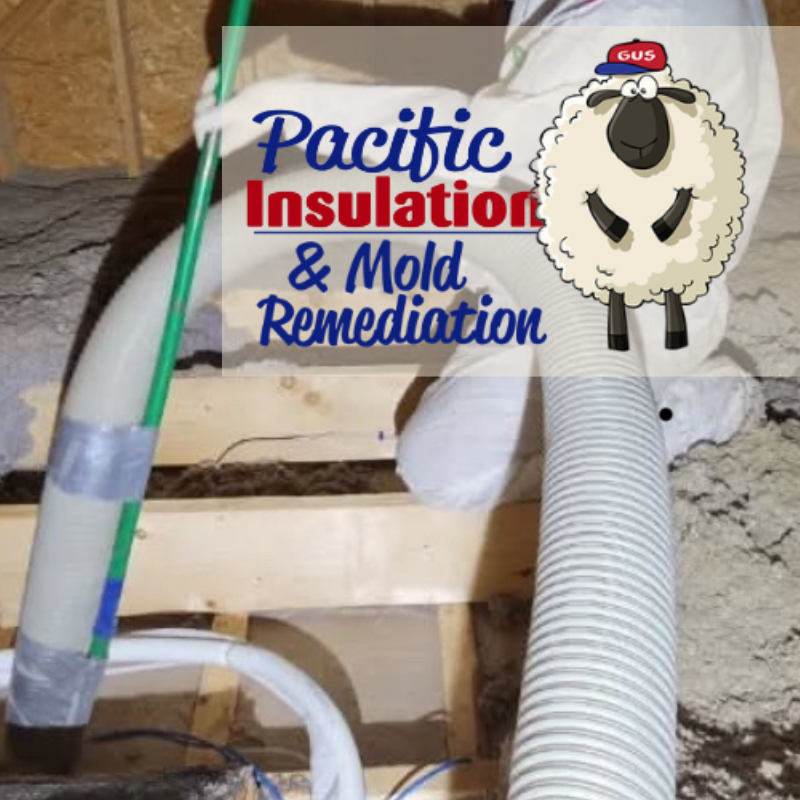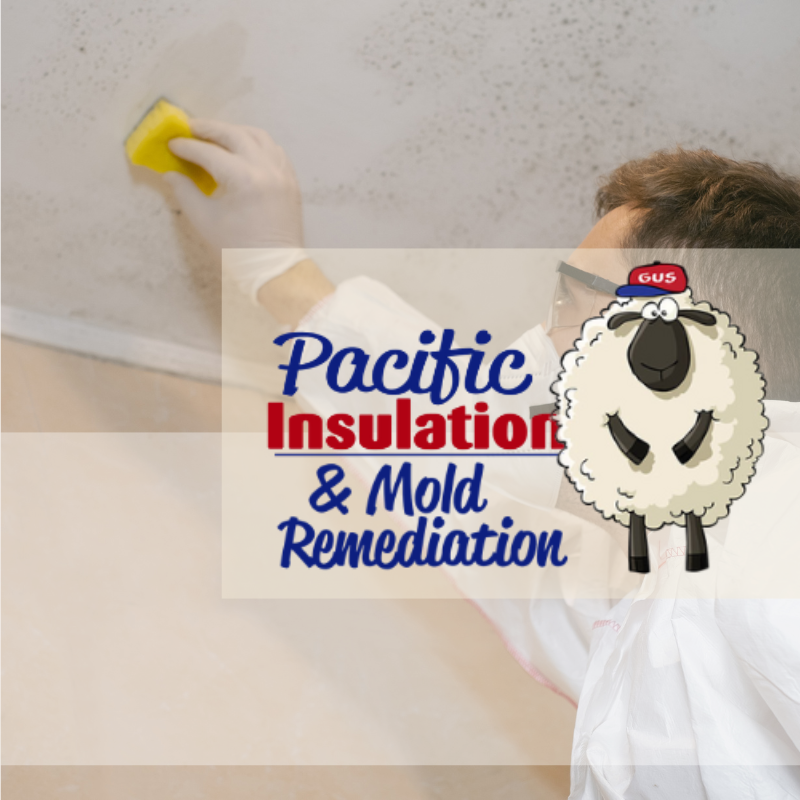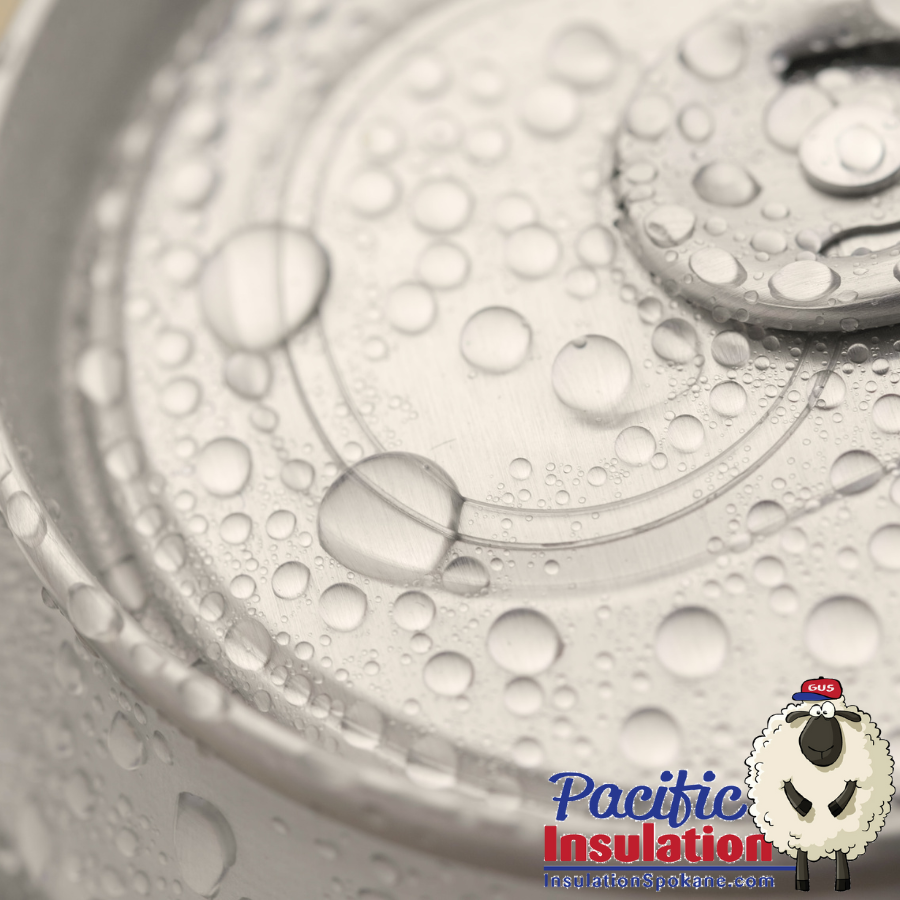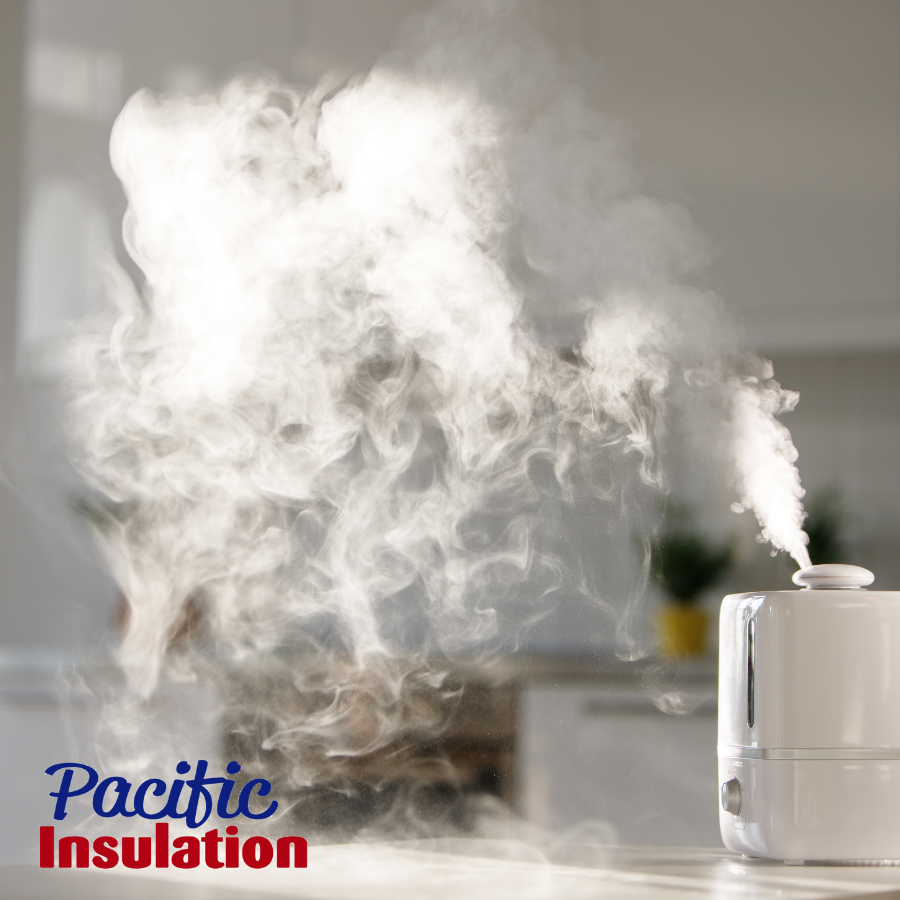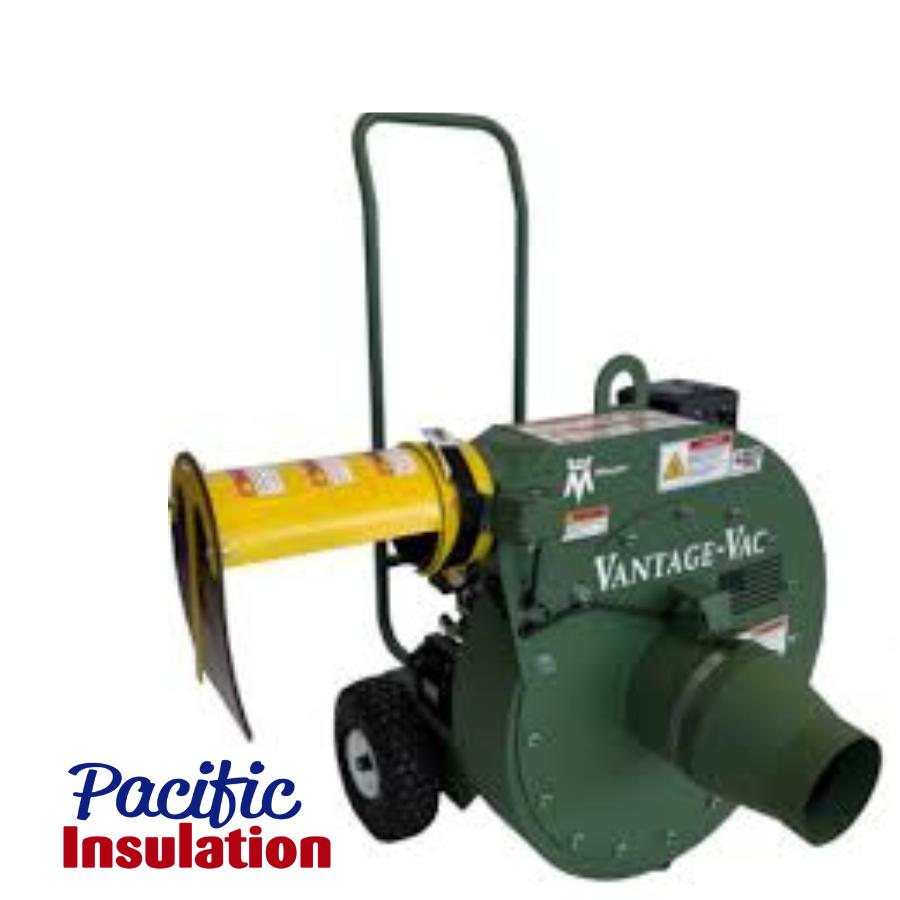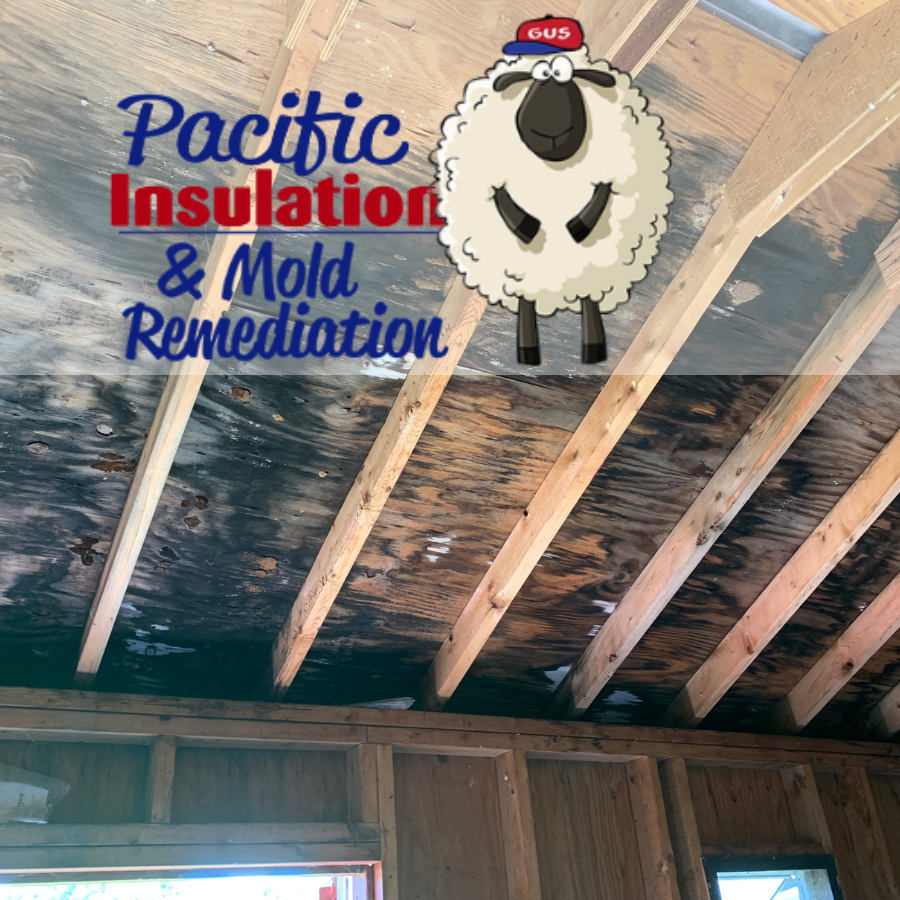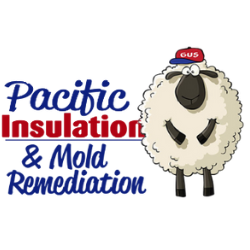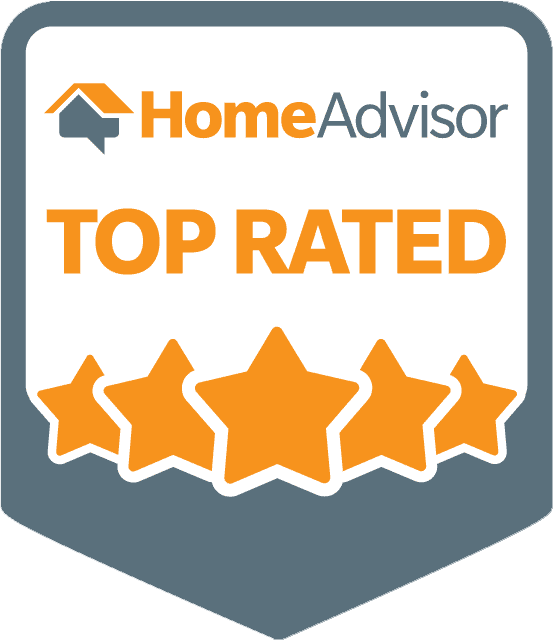10 Bad Things That Can Happen When You DIY Attic Insulation
10 Bad Things That Can Happen When You DIY Attic Insulation
Upgrading attic insulation is one of the best ways to improve energy efficiency and lower heating and cooling costs. However, many homeowners attempt to DIY their attic insulation without realizing the risks and potential mistakes involved.
If done incorrectly, DIY attic insulation can lead to costly damage, health hazards, and reduced energy efficiency. Here are 10 major problems that can arise when you try to tackle attic insulation yourself.
1. You Could Use the Wrong Type of Insulation
Not all insulation is created equal, and choosing the wrong kind can make your home less energy efficient.
🚫 Common DIY Mistakes:
- Using fiberglass batts when blown-in insulation is needed for better coverage.
- Installing too much spray foam, creating ventilation and moisture issues.
- Using insulation with the wrong R-value, making it ineffective in your climate.
✔️ Pro Tip: Always check local building codes and insulation requirements before purchasing materials.
2. Poorly Installed Insulation Can Waste Your Money
If insulation isn’t installed properly and evenly, it won’t perform as expected.
🚫 Common Issues:
- Gaps and uneven coverage allow heat to escape.
- Compressed insulation reduces its effectiveness.
- Missing key areas leads to heat loss and cold drafts.
❌ DIY insulation often results in higher energy bills because of poor installation.
3. You Might Accidentally Block Attic Ventilation
Attic insulation is only effective when paired with proper ventilation. If you cover soffit vents or block airflow, you can create serious problems.
🚨 What Happens When You Block Ventilation?
- Moisture buildup, leading to mold and wood rot.
- Overheating in summer, causing roof damage and higher AC costs.
- Ice dam formation in winter, leading to costly roof repairs.
✔️ Pro Tip: Always leave space around soffit vents and install attic baffles to maintain airflow.
4. You Could Trap Moisture and Cause Mold Growth
Moisture is one of the biggest threats to your attic. If you install insulation incorrectly, you risk trapping humidity, which can lead to mold, mildew, and structural damage.
🚨 How DIYers Get It Wrong:
- Using non-breathable insulation that traps moisture.
- Skipping a vapor barrier, allowing warm, moist air to enter the attic.
- Blocking airflow, preventing humidity from escaping.
✔️ Solution: Consult a professional to determine if your attic needs a vapor barrier or special insulation to handle moisture concerns.
5. You Might Step Through the Ceiling
Many attic spaces have unfinished floors, meaning you must step on joists to avoid falling through the drywall ceiling below.
⚠️ DIY Insulation Accidents Include:
- Stepping on drywall and crashing through the ceiling
- Dropping tools or insulation materials, causing damage
- Falling off a ladder while accessing the attic
✔️ Pro Tip: Always use walk boards or plywood for a safe working surface.
6. You Could Disturb Asbestos or Other Hazardous Materials
If your home was built before 1980, your attic may contain asbestos insulation or lead-based paint on wood framing. Disturbing these materials without proper precautions can expose you to serious health risks.
☠️ Dangers of DIY Insulation in Older Homes:
- Asbestos exposure can cause lung disease and cancer.
- Lead dust from old paint can cause neurological issues.
- Vermiculite insulation may contain hazardous materials.
✔️ Solution: Have your attic tested for hazardous materials before starting any work.
7. DIY Insulation Can Lead to Fire Hazards
Certain types of insulation are flammable and must be installed correctly to prevent fire risks.
🚨 Common Fire Hazards from DIY Insulation:
- Covering recessed lighting with insulation can cause overheating.
- Placing insulation too close to electrical wiring increases fire risk.
- Using spray foam near heat sources can create combustible conditions.
✔️ Pro Tip: Maintain proper clearances around electrical components and use fire-resistant insulation where needed.
8. You Might Reduce Your Home’s Air Quality
Poorly installed insulation can trap pollutants, dust, and allergens, leading to indoor air quality problems.
🚨 How DIY Insulation Can Worsen Air Quality:
- Fiberglass particles can become airborne and irritate lungs.
- Mold from trapped moisture can spread through the HVAC system.
- Blocking ventilation can increase humidity and worsen air quality.
✔️ Solution: Wear a respirator, install insulation properly, and avoid blocking airflow.
9. You Could Void Your Home Insurance or Warranties
If attic insulation isn’t installed to code or manufacturer specifications, it could void your home warranty or insurance policy.
⚠️ Potential DIY Consequences:
- Code violations that require expensive corrections.
- Damage from improper insulation (like mold or fire) may not be covered.
- Lower resale value due to poor insulation work.
✔️ Pro Tip: Check local building codes and consider hiring a professional to ensure compliance.
10. You Might Spend More Fixing DIY Mistakes
DIY attic insulation might seem like a cost-saving project, but if done incorrectly, you could end up spending more money to fix mistakes.
💸 Common DIY Repair Costs:
- Fixing moisture damage from trapped humidity.
- Replacing moldy insulation due to improper installation.
- Paying for a professional redo after failed energy audits.
✔️ Solution: Weigh the risks before attempting attic insulation yourself—sometimes hiring an expert saves more money in the long run.
Final Thoughts: Should You DIY or Hire a Professional?
While DIY attic insulation can be done right, it’s a project that requires knowledge, safety precautions, and proper materials. If you’re not confident in your skills, hiring a professional insulation contractor is often the better choice.
When DIY Might Be Okay:
✅ Simple
laying of fiberglass batts in an easy-access attic.
✅
Small insulation touch-ups in well-ventilated areas.
When You Should Call a Professional:
❌ If your attic has
moisture or ventilation issues.
❌ If your home is
older and may contain asbestos.
❌ If you need
blown-in insulation or spray foam installation.
🚀 Need Help? If you’re unsure about your attic insulation, consulting an expert can save you money, improve efficiency, and keep your home safe!
